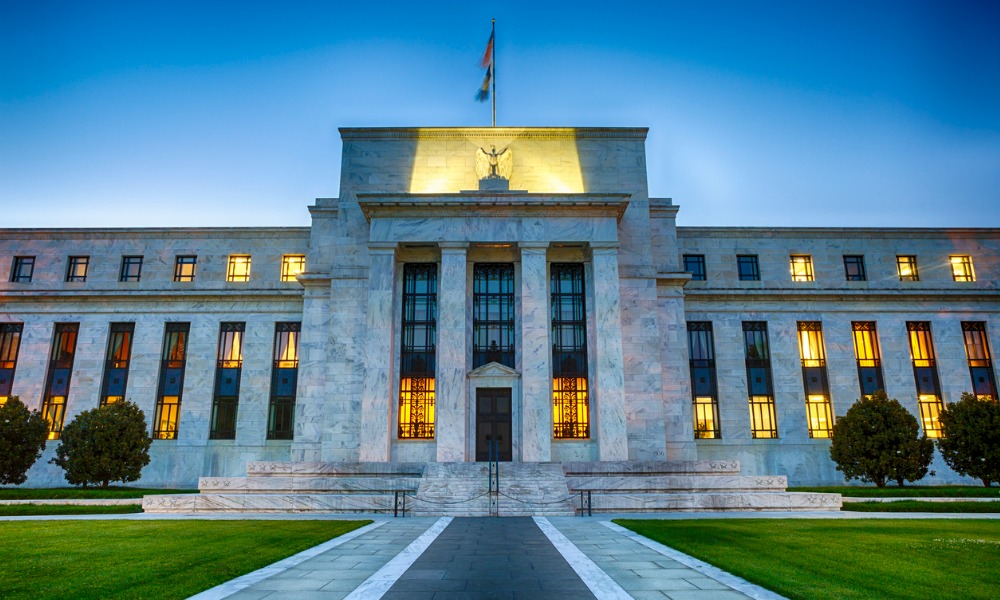Thin trading may intensify swings in bonds and equities

Federal Reserve Chair Jerome Powell’s upcoming Jackson Hole speech is drawing close attention from pension fund managers, as expectations of interest rate cuts and concerns over tariffs could directly affect bond yields, equity markets, and long-term retirement fund performance.
Wall Street anticipates Powell will signal a move toward monetary easing, though the possibility that US President Donald Trump’s tariffs could add to inflation may keep him cautious. Powell also faces pressure from the Trump administration to lower rates, raising questions over the independence of the central bank as he prepares for his final appearance as Fed chair at the Wyoming event.
Tony Rodriguez, head of fixed income strategy at Nuveen, said there is a balancing act between inflation data and the employment market. He added that political pressure is now an additional factor for Powell.
Tensions increased this week when Trump called for Fed Governor Lisa Cook to resign following mortgage allegations from one of his political allies. Cook rejected the demand, saying she had no intention of leaving her position.
According to First Eagle Investments portfolio manager Idanna Appio, the Jackson Hole speech provides Powell an opportunity to address the importance of central bank independence. Appio noted that such pressure could eventually result in a more dovish Federal Open Market Committee.
Expectations for rate cuts rose after July’s weaker jobs report and downward revisions to earlier employment figures. The federal funds rate currently stands at 4.25%–4.5%. However, July wholesale price data reduced the likelihood of a half-point cut in September, and markets are now anticipating two 25-basis-point cuts for the rest of 2025.
For pension and retirement funds, interest rate direction affects bond portfolios, discount rates for liabilities, and funding ratios, while also influencing equity performance. Michael Arone, chief investment strategist at State Street Investment Management, said Powell is expected to indicate that the rate-cutting cycle will resume in September, though he may not provide detailed guidance given the uncertainty over tariffs and their impact on inflation.
Reduced summer liquidity could add to potential swings in markets following the speech. Rodriguez said that because it is late August and trading volume is low, reactions may be larger than usual.
Some investors are concerned about stagflation — slow growth combined with persistent inflation. James Ragan, co-chief investment officer at D.A. Davidson, said if Powell suggests a delay in rate cuts, stock prices may fall and short-term bond yields could rise.
In 2022, Powell used the Jackson Hole platform to draw on former Fed Chair Paul Volcker’s tough stance on inflation. This year, with inflation about 1 percentage point above the Fed’s 2% target and signs of labor market softening, Powell faces a more cautious scenario.
Shannon Saccocia, chief investment officer for wealth management at Neuberger Berman, said clients are being advised to expect market volatility around the event.
Adding a further dimension, a report this June noted that fixed-income strategies are shifting from yield chasing to risk calibration as tariffs and uncertainty persist. Hafiz Noordin of TD Asset Management highlighted that income stability is increasingly important and many institutional investors are focused on preserving funded status while still seeking growth from surplus assets.
Moreover, pension investors are advised—particularly those with US exposure—to monitor the long-term implications of elevated US debt and persistent rate pressures. John Delaney of WTW Investments urged funds to model alternative interest-rate scenarios, noting that sustained higher borrowing costs could impact both liabilities and asset valuations.



